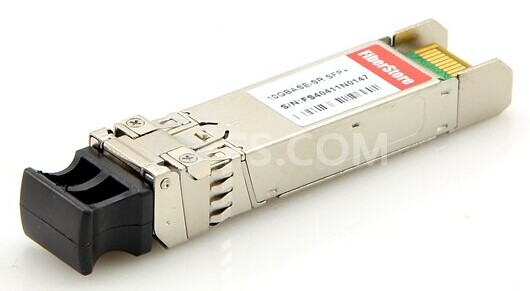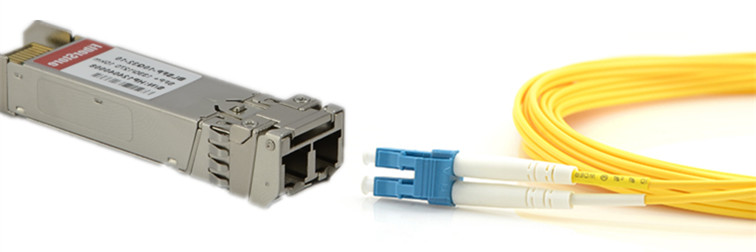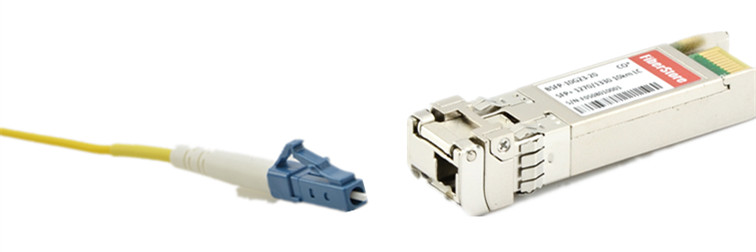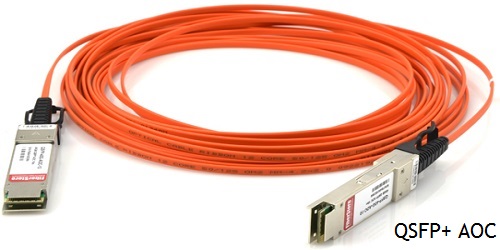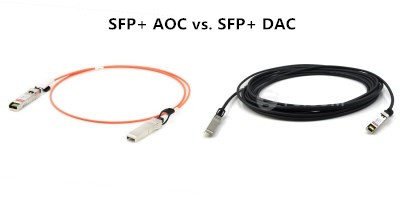With the technological advancements in fiber optic communication, service providers tend to choose fiber optic to achieve high-level data transmission. Fiber optics generally offer users higher bandwidth, more reliable data transfer and better overall performance, thus enabling a smooth and excellent communicating experience. Fiber optic transceiver, which is considered to be the core of optoelectronic device in the WAN, MAN or LAN infrastructure, plays an indispensable part in fiber optic networks for data communication and Ethernet applications. This article will explain how fiber optic transceivers are classified according to different criteria such as fiber mode, transfer rate and connector type.
First of all, let’s take a quick glimpse of what fiber optic transceiver is and how fiber optic transceiver works.
Fiber optic transceivers combine a fiber optic transmitter and a fiber optic receiver in a single module. They are arranged in parallel so that they can operate independently of each other. Both the receiver and the transmitter have their own circuitry and can handle transmissions in both directions. In fiber optic data links, the transmitter converts an electrical signal into an optical signal, which is coupled with a connector and transmitted through a fiber optic cable. The light from the end of the cable is coupled to a receiver, where a detector converts the light signal back into electrical signal. Either a light emitting diode (LED) or a laser diode is used as the light source.
The classification of fiber optic transceiver falls into various categories based on their performance characteristics and end-use. Classified by characteristics, they often include: fiber mode, transfer rate and connector type.
Fiber Mode
Fiber mode is the most fundamental classification of fiber optic transceivers, here the “mode” refers to the type of fiber intended to be used with a transceiver. The two primary types of fiber mode types are single-mode fiber and multimode fiber.
Multimode fibers allow multiple modes of light to couple into the fiber. Since multimode applications are always short reach, very inexpensive transmitters and receivers are typically used in multimode transceivers. As shown in the table below, there are several popular types of multimode fibers in use today. OM1 and OM2 fibers are appropriate for low speed transmission, such as 100 Mbps to 1 Gbps, which often utilize LED transmitters. OM3 and OM4 are referred to as laser-optimized multimode fibers, as lasers are used as optical sources at 10Gbps and faster. For example, Cisco Meraki MA-SFP-10GB-SR transceiver can achieve 300 meters over OM3 multimode fibers.
Single-mode fibers, however, only allow a single mode of light to couple into the core. The most common type of single-mode fiber is termed “OS1” by the ITU and is also known as “standard single-mode fiber”. So most optical transceivers are simply specified for operation over OS1.
Transfer Rate
Fiber optic transceiver modules also can be categorized by their data transfer rates. There are five popular rate categories used in fiber optic transceiver classification: 100GBase, 40GBase, 10GBase, 1000Base and 100Base. These rates refer to the speed at which a fiber optic transceiver is able to transmit data over Ethernet.
- 100GBase—100 Gigabits per second (100GE, 100GbE, 100Gbps)
- 40GBase—40 Gigabits per second (40GE, 40GbE, 40Gbps)
- 10GBase—10 Gigabits per second (10GE, 10GbE, 10Gbps)
- 1000Base—1 Gigabit per second (1GE, 1GbE, 1Gbps, 1000Mbps)
- 100Base—100 Megabits per second (Fast Ethernet, FE, 100Mbps)
Connector type
Optical fiber connectors couple and align transceivers so that light can pass through the core. Based on their connector types,transceiver modules can be classified into different groups. There are four main types of fiber optic connectors used in conjunction with optical transceivers: SC, LC, MPO, and ST.
Connector types generally follow a color code system. If a boot is used over the connector, then a blue boot symbolizes compatibility with single-mode fiber and a beige boot symbolizes compatibility with multimode fiber.
Choosing which type of fiber optic transceivers mainly depends on your applications and requirements in reality. FS.COM offers you a full range of optical transceivers, such as SFP+ (SFP Plus) transceiver, X2 transceiver, XENPAK transceiver, XFP transceiver, SFP (Mini GBIC) transceiver, GBIC transceiver, CWDM/DWDM transceiver, 40G QSFP+ & CFP, 3G-SDI video SFP, WDM Bi-Directional transceiver and PON transceiver. All these fiber optic transceivers are 100% compatible with major brands like Cisco, HP, Juniper, Nortel, Force10, D-link, 3Com. They are backed by a lifetime warranty, and you can buy with confidence.










